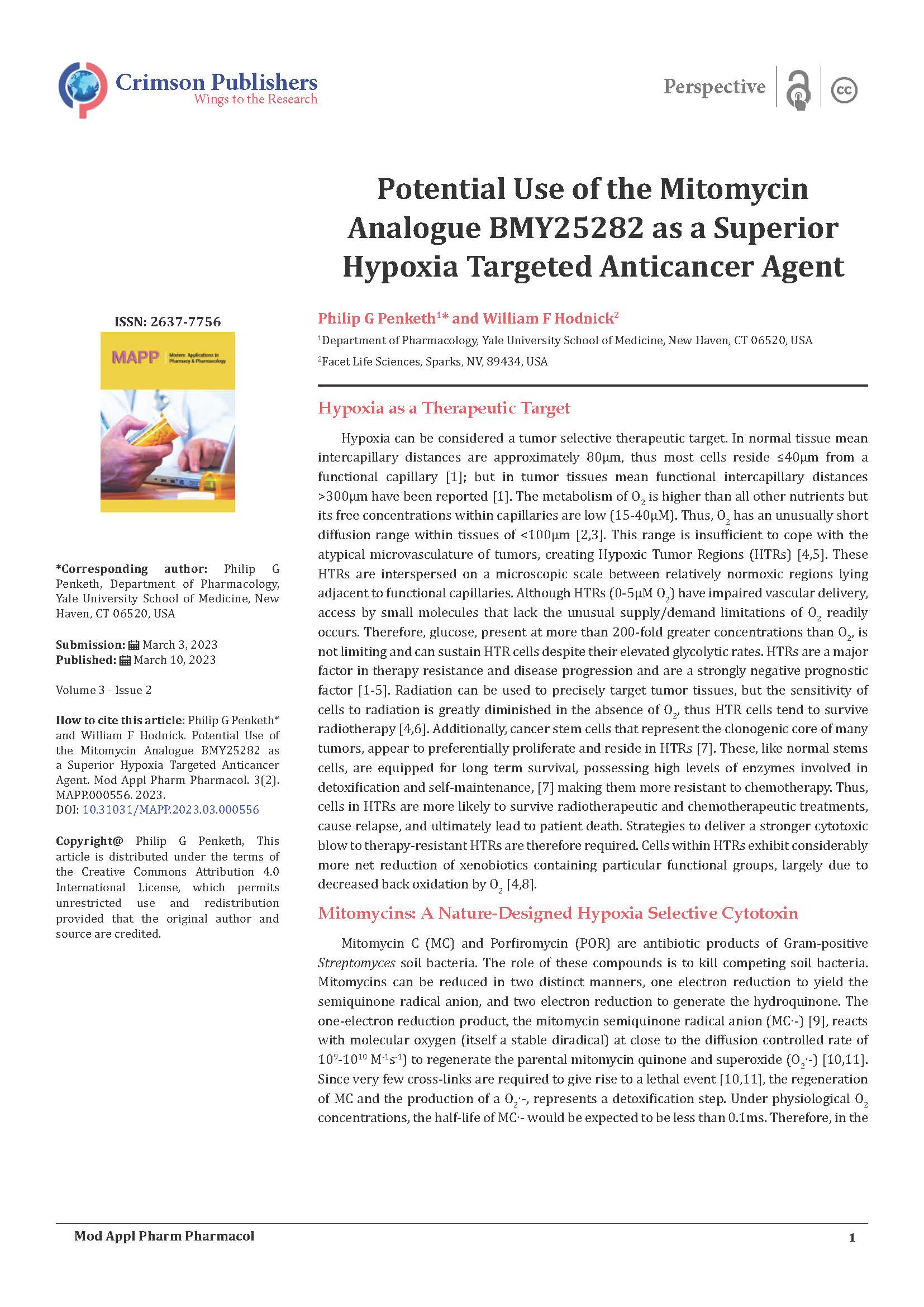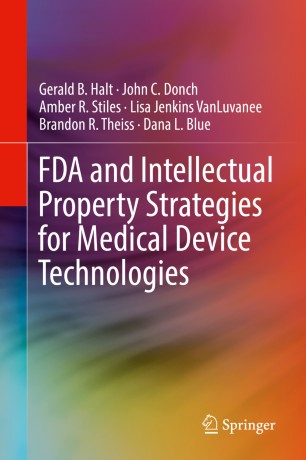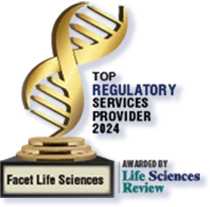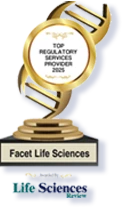
© 2023
Potential Use of the Mitomycin Analogue BMY25282 as a Superior Hypoxia Targeted Anticancer Agent
Authors
Philip G Penketh
William F Hodnick
Introduction
Hypoxia can be considered a tumor selective therapeutic target. In normal tissue mean intercapillary distances are approximately 80μm, thus most cells reside ≤40μm from a functional capillary [1]; but in tumor tissues mean functional intercapillary distances >300μm have been reported [1]. The metabolism of O2 is higher than all other nutrients but its free concentrations within capillaries are low (15-40μM). Thus, O2 has an unusually short diffusion range within tissues of <100μm [2,3]. This range is insufficient to cope with the atypical microvasculature of tumors, creating Hypoxic Tumor Regions (HTRs) [4,5]. These
HTRs are interspersed on a microscopic scale between relatively normoxic regions lying adjacent to functional capillaries. Although HTRs (0-5μM O2) have impaired vascular delivery, access by small molecules that lack the unusual supply/demand limitations of O2 readily occurs. Therefore, glucose, present at more than 200-fold greater concentrations than O2, is not limiting and can sustain HTR cells despite their elevated glycolytic rates. HTRs are a major factor in therapy resistance and disease progression and are a strongly negative prognostic factor [1-5]. Radiation can be used to precisely target tumor tissues, but the sensitivity of cells to radiation is greatly diminished in the absence of O2, thus HTR cells tend to survive radiotherapy [4,6]. Additionally, cancer stem cells that represent the clonogenic core of many tumors, appear to preferentially proliferate and reside in HTRs [7].

© 2019
FDA and Intellectual Property Strategies for Medical Device Technologies
Authors
Gerald B. Halt
John C. Donch
Amber R. Stiles
Lisa Jenkins VanLuvanee
Brandon R. Theiss
Dana L. Blue
Introduction
This book offers comprehensive, easy to understand guidance for medical device technology innovators on how to work through the United States FDA regulatory review process, while also providing insight on the various intellectual property concerns that many medical device innovators face. In the first portion of this book, readers are introduced to important concepts concerning FDA compliance for medical devices, as well as strategies for successfully navigating the FDA regulatory review process. Specifically, the first portion discusses the expansive range of medical devices and then walks through the most common routes to market: the PMA and 510(k) application processes. In the second portion of this book, readers are introduced to the various types of intellectual property rights that are available for medical device technology inventions and innovations, and can explore ways to overcome unique intellectual property challenges faced by many medical device technology innovators. In the third portion of the book, specific strategies are discussed to navigate the interface between the FDA regulatory process and the process of obtaining intellectual property protection.
This book also includes a number of descriptive examples, case studies and scenarios to illustrate the topics discussed, and is intended for use by medical device designers, developers and innovators.
- Investigates the FDA approval process as it pertains to medical device technology
- Address some of the major FDA hurdles that medical device innovators often face while seeking approval
- Discusses the interplay between FDA regulatory review of medical device technology and intellectual property strategy
- Explores the benefits of protecting, managing and enforcing intellectual property obtained for medical device technology so that innovators can obtain the best possible commercial results from their IP ownership
- Uses real case studies to illustrate concepts covered

“It is a well-written integrated patent and FDA strategy guide that addresses challenges unique to medical devices and ensures success in this fast-changing market. The authors are to be praised for writing a practical and useful guide for readers seeking a quick, deep dive into this challenging area that intersects engineering, science, law and regulation.” (John A. Tessensohn, European Intellectual Property Review, Vol. 41 (12), 2019)
AWARDS & RECOGNITION






gET sOCIAL